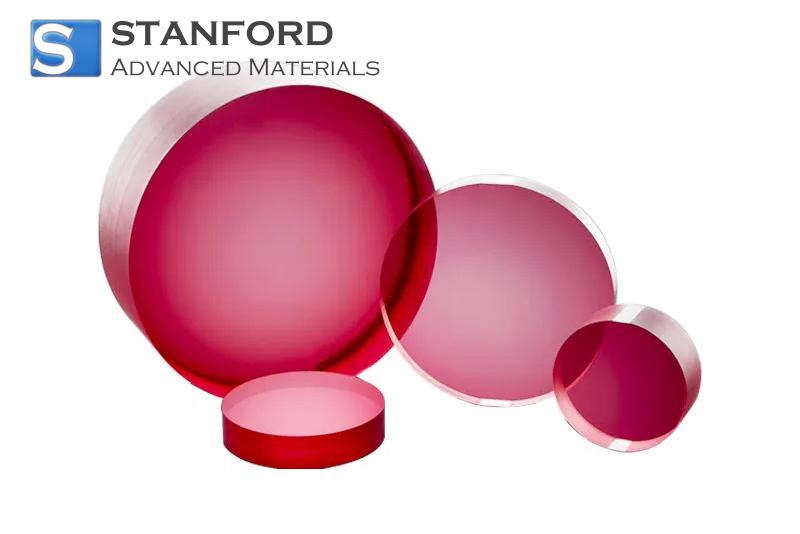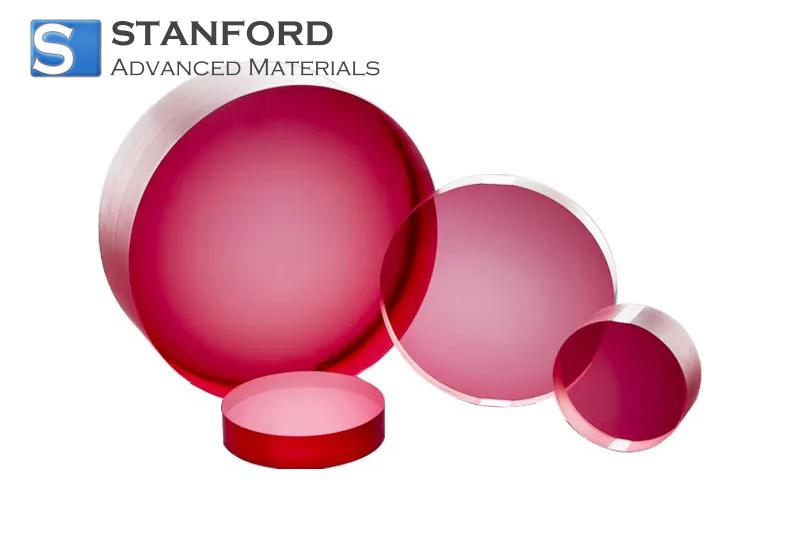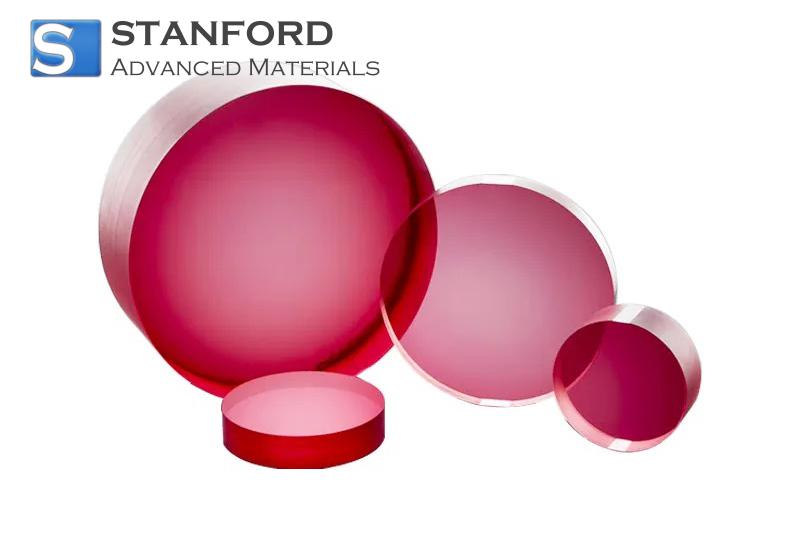Major Applications of Dielectric Materials
Introduction
Dielectric materials are used in the majority of today's devices. They play a vital role in electronics, sensors, communication networks, and power networks. They are key components in advanced technology due to their electric energy storage and insulation properties.
What Is Dielectric Constant and How It Affects Radar Sensors
Dielectric constant measures how effectively a material can store electric energy in an electric field. This parameter is crucial in radar sensors. When a radar sends a pulse, it is affected by the materials it encounters. The greater the dielectric constant of a material, the more delayed and deformed the pulse becomes. This affects how the sensor detects boundaries and objects.
For example, the radar sensor used in weather stations must compensate for different materials present in the atmosphere. This is a function of knowing the dielectric constant to adjust the signal for enhanced precision. In vehicular systems, radar sensors assist in preventing collisions. When the sensors detect various materials, they utilise the dielectric response for precise distance measurements. The differences in measurements due to varying dielectric constants can be minimal but are vital for reliable sensor operation.
The constant is also involved in applications such as smart structures and communication devices. Radar systems in these applications need to differentiate small differences. The devices operate uniformly, even in harsh conditions.
Dielectric Constant and Its Effects on Capacitor Properties
Capacitors store energy in devices. Capacitors typically use dielectric material as an insulating substance between two plates. The dielectric constant determines the amount of energy a capacitor can store. A larger constant enables more energy storage in a smaller space.
In practice, capacitors with a strong dielectric layer are more compact and efficient. Designers prefer to use materials with high dielectric constants for small-sized electronic devices. Most modern mobile phones contain miniaturised capacitors with specially engineered dielectric films. These films save space without sacrificing energy density.
Even a slight variation in the dielectric material can lead to improved performance. A small change in the constant can reduce energy loss and increase the capacitor's lifespan. In power supplies, high-quality dielectric materials can manage surges and ensure device safety. In most industrial applications, such as in power converters, capacitors with the appropriate dielectric constant are essential for both efficiency and reliability.
Real-life examples include ceramic capacitors used in everyday appliances and electrolytic capacitors used in energy-intensive applications. Both rely on different dielectric materials to maintain their performance characteristics. Choosing suitable materials may impact the performance of the capacitor when exposed to heat, load, or over time. This assists engineers in designing devices that function under varying conditions.
Applications of Dielectric Materials in Printed Circuit Boards (PCBs)
Printed circuit boards form the backbone of modern electronics. The boards house the tiny components that make devices work. Dielectric materials serve as substrates in the boards. The substrate's primary role is to maintain the electrical traces separate from one another. A good dielectric material regulates signal flow and minimizes interference between traces.
Examples include the use of fiberglass-based materials. They securely hold copper layers in place and insulate and shield the circuits. In high-frequency PCBs, the dielectric constant is carefully managed to ensure signals travel at the correct speed. This prevents signal loss and contributes to optimal board performance in communication systems.
The choice of substrate affects performance in delicate applications such as computers, mobile phones, and healthcare equipment. The dielectric material must withstand high speeds and significant thermal changes. Given the increasing use of miniaturised electronics, selecting suitable dielectric materials is increasingly critical.
The stability and reliability of the printed circuit board typically depend on the quality of these materials. Adequate insulation maximises performance and extends device longevity. Engineers seek materials that remain stable in their properties even under stress and temperature fluctuations. The appropriate balance of cost, dielectric constant, and thermal stability represents the most critical considerations for selecting a suitable PCB substrate.
Conclusion
Dielectric materials significantly contribute to the modern world of electronics. They store energy, insulate signals, and regulate electrical interactions, which explains their widespread use in radar sensors, capacitors, and printed circuit boards.
Frequently Asked Questions
F: What is a dielectric constant?
Q: It measures the ability of a material to store electrical energy in an electric field.
F: How do dielectric materials influence radar sensors?
Q: They modify the speed and shape of radar pulses, enabling sensors to measure distances accurately.
F: Why are printed circuit boards associated with dielectric materials?
Q: They insulate electrical traces and manage signal quality on the circuit boards.

 Bars
Bars
 Beads & Spheres
Beads & Spheres
 Bolts & Nuts
Bolts & Nuts
 Crucibles
Crucibles
 Discs
Discs
 Fibers & Fabrics
Fibers & Fabrics
 Films
Films
 Flake
Flake
 Foams
Foams
 Foil
Foil
 Granules
Granules
 Honeycombs
Honeycombs
 Ink
Ink
 Laminate
Laminate
 Lumps
Lumps
 Meshes
Meshes
 Metallised Film
Metallised Film
 Plate
Plate
 Powders
Powders
 Rod
Rod
 Sheets
Sheets
 Single Crystals
Single Crystals
 Sputtering Target
Sputtering Target
 Tubes
Tubes
 Washer
Washer
 Wires
Wires
 Converters & Calculators
Converters & Calculators
 Write for Us
Write for Us



 Chin Trento
Chin Trento



